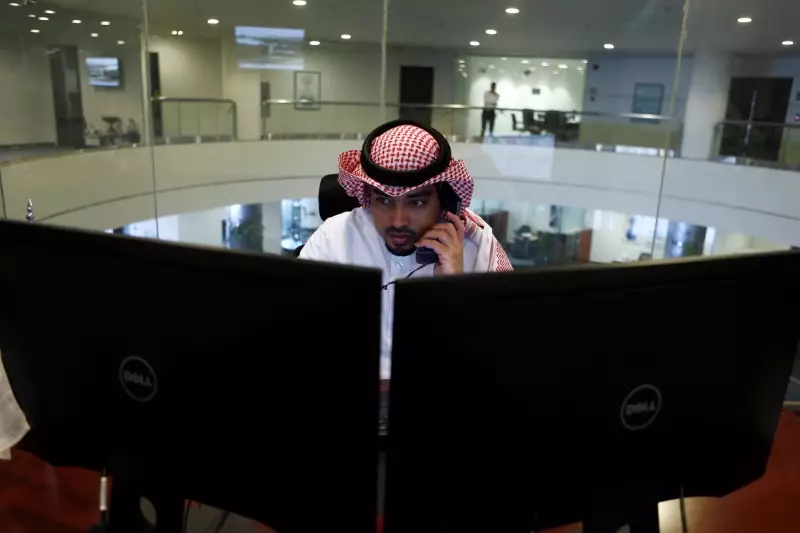The stock market in Saudi Arabia experienced a downturn on Sunday, closing lower primarily due to declines in key sectors such as Energy & Utilities, Financial Services, and Telecoms & IT. The Tadawul All Share Index, which represents the collective performance of listed stocks, fell by 0.27%, reflecting investor sentiment and market conditions during the trading session. Such movements in the stock market are often indicative of broader economic trends, and the recent losses underscore a cautious outlook among traders.
Sectoral analysis reveals that while some segments of the market faced significant losses, others managed to achieve remarkable gains. Notably, Saudi RE Cooperative Reinsurance emerged as a standout performer, with its stock surging nearly 10% to reach an all-time high of 59.70 SAR. This indicates strong investor confidence in the company’s potential, particularly in the context of its specialized services in the insurance sector. Similarly, Salama Cooperative Insurance and Riyadh Cables Group showcased impressive gains, highlighting resilience amidst overall market weaknesses.
Conversely, several companies struggled to maintain their stock prices, with National Medical Care Company, Emaar The Economic City, and the Power and Water Utility Company witnessing considerable declines. The variances in performance between these groups suggest a market characterized by selective investor enthusiasm, where stocks in certain sectors thrive while others falter.
Market Dynamics and Trading Volumes
The trading volume on the Saudi stock exchange depicted an interesting dynamic, with 157 stocks rising against 147 that fell, while 32 remained unchanged. This data indicates a moderately optimistic environment, despite overall losses. Such trading patterns often reflect investors’ strategies as they seek opportunities even in challenging market conditions. The increase in price for certain stocks suggests a possible shift in focus among investors towards those companies perceived to have stronger fundamentals.
Global commodity prices also played a crucial role in influencing market sentiments in Saudi Arabia. With crude oil prices nearing $74 per barrel, an uptick of 1.13%, perspectives surrounding the oil sector are pivotal for the economy given that Saudi Arabia is a leading oil producer. Furthermore, Brent oil displayed a similar upward trend, which could potentially buoy market performance in related sectors.
In the currency sphere, the exchange rates of the Euro and US Dollar against the Saudi Riyal showed minor fluctuations, with the EUR/SAR rising by 0.52%. These changes may impact trade balances and investments, further influencing stock valuations.
Overall, the performance of the Saudi stock market mirrors a complex interplay of sector-specific developments, investor sentiment, and external economic factors. As trading continues, observers will watch closely to see whether the gains of certain companies can overcome the broader market pressures. Understanding these trends not only helps investors make informed decisions but also provides insight into the economic landscape of the region.

